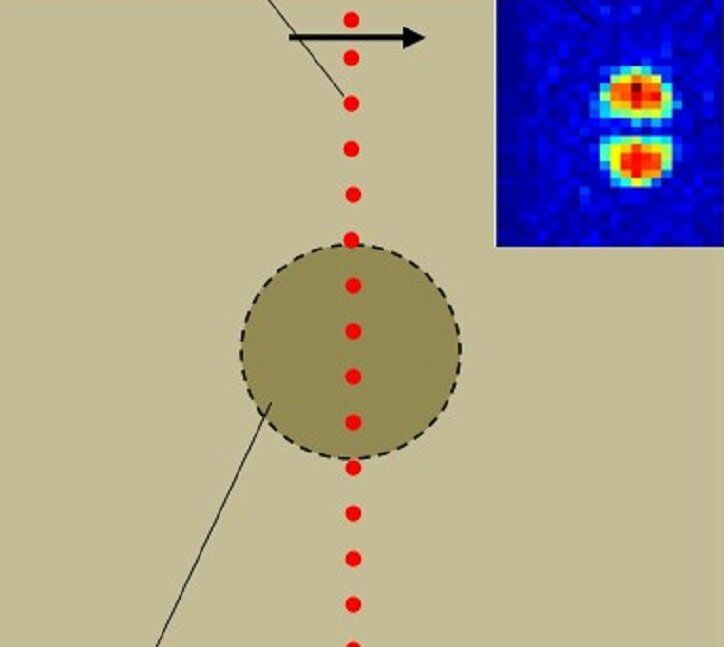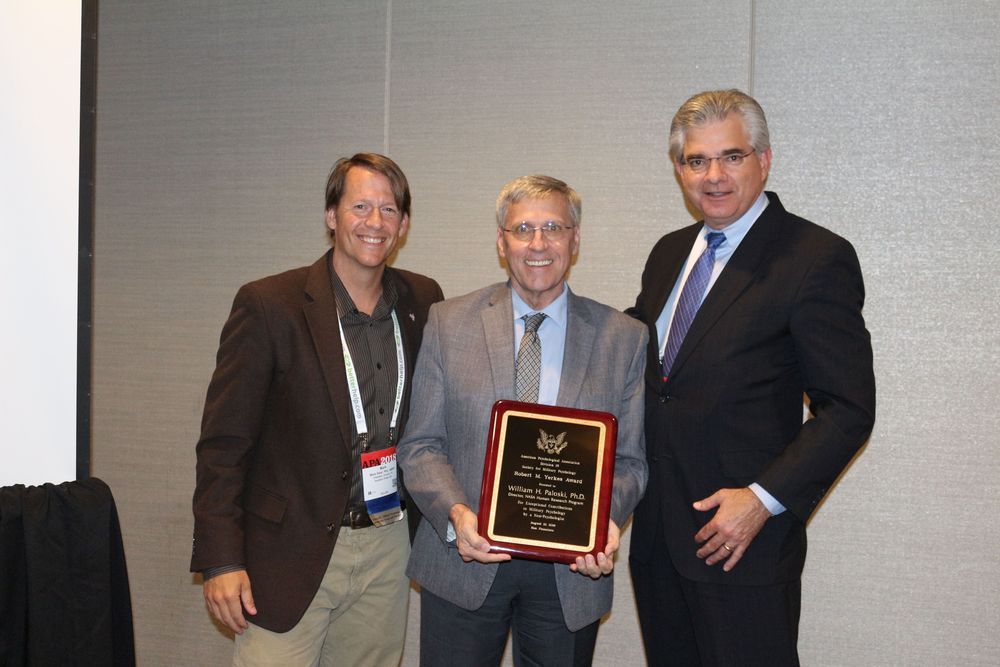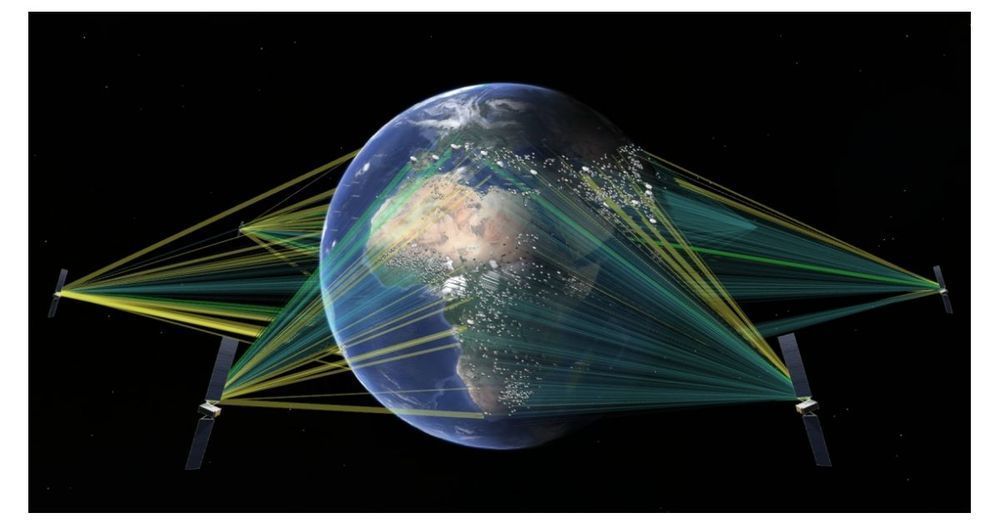SHA-256 is a one way hashing algorithm. Cracking it would have tectonic implications for consumers, business and all aspects of government including the military.
It’s not the purpose of this post to explain encryption, AES or SHA-256, but here is a brief description of SHA-256. Normally, I place reference links in-line or at the end of a post. But let’s get this out of the way up front:
One day after Treadwell Stanton DuPont claimed that a secret project cracked SHA-256 more than one year ago, they back-tracked. Rescinding the original claim, they announced that an equipment flaw caused them to incorrectly conclude that they had algorithmically cracked SHA-256.
“All sectors can still sleep quietly tonight,” said CEO Mike Wallace. “Preliminary results in this cryptanalytic research led us to believe we were successful, but this flaw finally proved otherwise.”
Yeah, sure! Why not sell me that bridge in Brooklyn while you backtrack?
The new claim makes no sense at all—a retraction of an earlier claim about a discovery by a crack team of research scientists (pun intended). The clues offered in the original claim, which was issued just one day earlier, cast suspicion on the retraction. Something fishy is going on here. Who pressured DuPont into making the retraction—and for what purpose? Something smells rotten in Denmark!
Let’s deconstruct this mess by reviewing the basic facts:
- Wall Street, financial services firm claims they have solved a de facto contest in math & logic
- They cracked the code a year ago, yet— incredibly—kept it secret until this week
- A day later (with no outside review or challenge),* they admit the year-old crack was flawed
Waitacottenpickensec, Mr. DuPont!! The flaw (an ‘equipment issue’) was discovered a year after the equipment was configured and used—but just one day after you finally decided to disclose their past discovery? Poppycock!
I am not given to conspiracy theories (a faked moon landing, suppressing perpetual motion technology, autism & vaccinations, etc)—But I recognize government pressure when I see it! Someone with guns and persuasion convinced DuPont to rescind the claim and offer a silly experimental error.
Consider the fallout, if SHA-256 were to suddenly lose public confidence…
- A broken SHA-256 would wreak havoc on an entrenched market. SHA-256 is a foundational element in the encryption used by consumers & business
- But for government, disclosing a crack to a ubiquitous standard that they previously discovered (or designed) would destroy a covert surveillance mechanism—because the market would move quickly to replace the compromised methodology.
I understand why DuPont would boast of an impressive technical feat. Cracking AES, SSL or SHA-256 has become an international contest with bragging rights. But, I cannot imagine a reason to wait one year before disclosing the achievement. This, alone, does not create a conundrum. Perhaps DuPont was truly concerned that it would undermine trust in everyday communications, financial transactions and identity/access verification…
But retracting the claim immediately after disclosing it makes no sense at all. There is only one rational explanation. The original claim undermines the interests of some entity that has the power or influence to demand a retraction. It’s difficult to look at this any other way.
What about the everyday business of TS DuPont?
If the purpose of the original announcement was to generate press for DuPont’s financial services, then they have succeeded. An old axiom says that any press is good press. In this case, I don’t think so! Despite the potential for increased name recognition (Who knew that any DuPont was into brokerage & financial services?) I am not likely to think positively of TS DuPont for my investment needs.
* The cryptographic community could not challenge DuPont’s original claim, because it was not accompanied by any explanation of tools, experimental technique or mathematical methodology. Recognizing that SHA-256 is baked into the global infrastructure banking, of commerce and communications, their opaque announcement was designed to protect the economy. Thank you, Mr. DuPont, for being so noble!
Philip Raymond co-chairs CRYPSA, hosts the Bitcoin Event and is keynote speaker at Cryptocurrency Conferences. He is a top writer at Quora.










